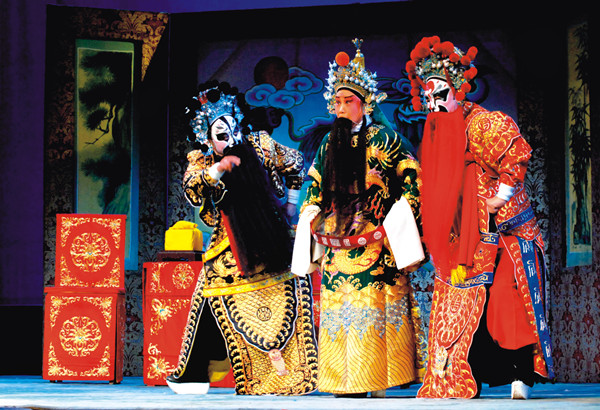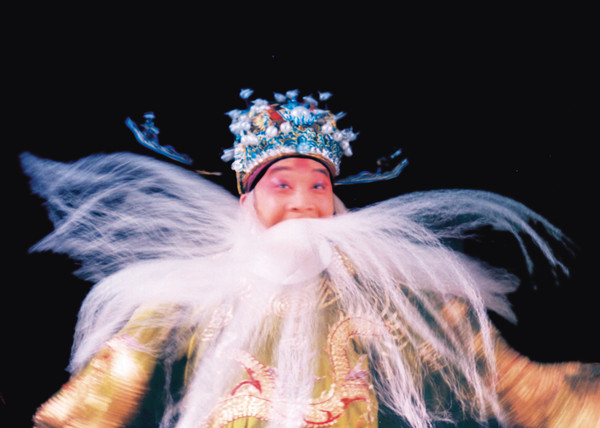Jinju Opera is one of the four bangzi or clapper operas in Shanxi province, distinguished by their use of wooden clappers for rhythm and a more energetic singing style.
Originally from Shanxi's central area, Jinju Opera is also called Zhonglu (literally Central) Bangzi. It is now widespread in the central and northern regions of Shanxi, Shaanxi and Hebei provinces and Inner Mongolia autonomous region.
Jinju Opera was formed in the early Qing Dynasty (1644-1911) in Shanxi before spreading elsewhere. It was popularized during the late Qing Dynasty and the early Republic of China period (1912-1949) with the help of the then-ubiquitous Shanxi merchants who were active across parts of China.
The opera retained its dynamic artistic characteristics during its development and formed an agreeable and delicate lyrical style.
It has more than 200 popular plays. The accompanying orchestra is traditionally made up of nine people in two groups: one plays the huhu (a stringed instrument), a two-string instrument, a Chinese trichord and a four-string instrument; the other plays clappers, cymbals, small gongs, and wooden clappers.
As Shanxi's representative opera, Jinju Opera is valuable for research on local operas, music, folk customs and the province's history.

A scene from a Jinju Opera performance. "Jin" is the shortened form for "Shanxi." [Photo provided to chinadaily.com.cn]

A scene from a Jinju Opera performance [Photo provided to chinadaily.com.cn]
